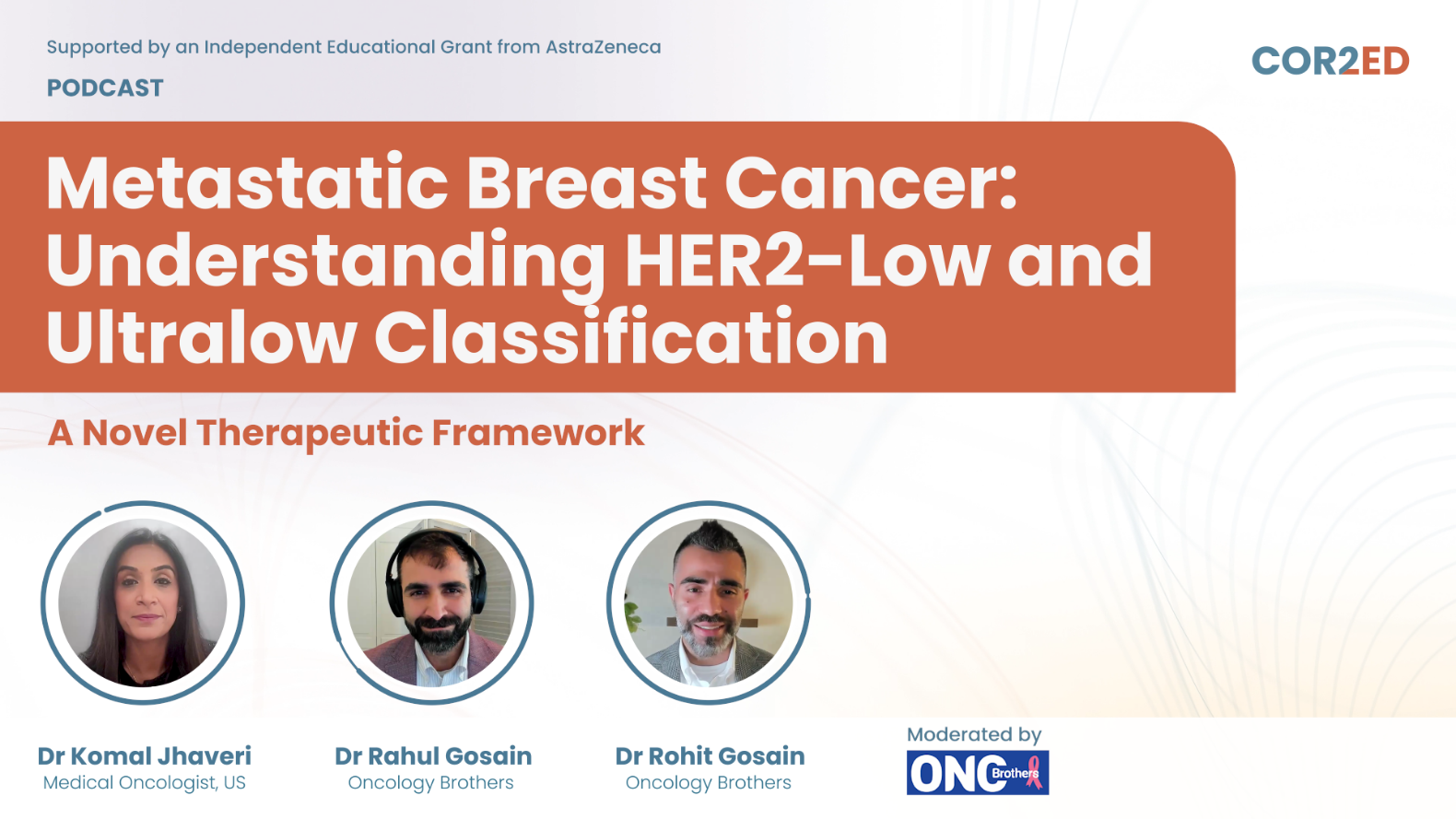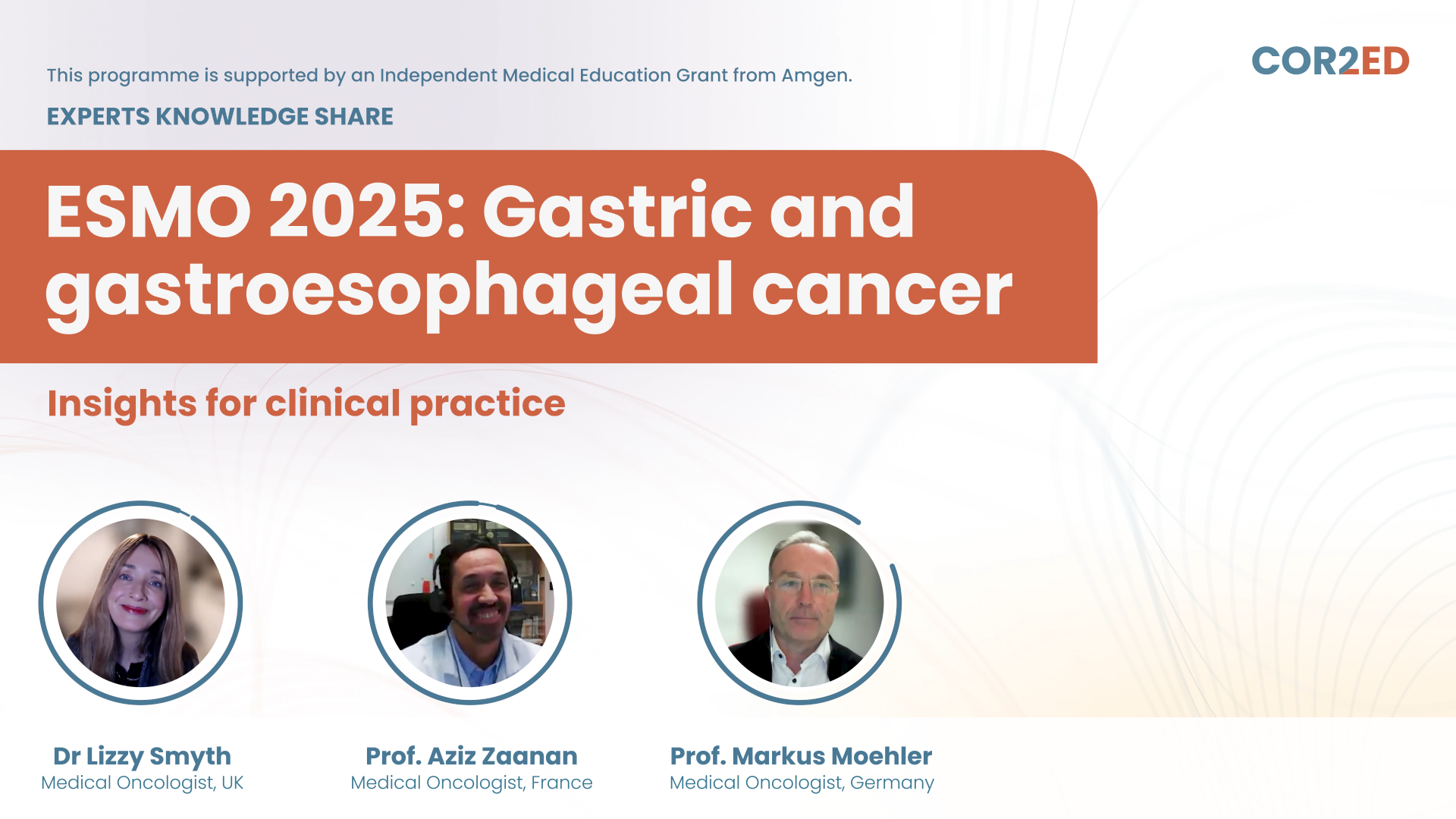Key topics included:
- Defining recurrence risk in high- vs low-risk groups
- Review of current treatment guidelines
- Ongoing clinical trials evaluating oral SERDs in the adjuvant early breast cancer setting
Clinical takeaways
- Risk assessment enables personalized treatment approaches, optimizing therapeutic outcomes
- High-risk patients exhibit significantly lower invasive disease-free survival than intermediate/low-risk groups, underscoring the need for enhanced treatment strategies
- Adjuvant ET intensification with CDK4/6 inhibitors has shown clinical benefit; however, emerging resistance remains a challenge, contributing to disease recurrence
- Oral SERDs have shown evidence of superior efficacy over SOC in metastatic settings, particularly in the presence of ESR1-mut and are now being explored in early-stage disease as either an upfront or switch treatment strategy
- Elacestrant is the only oral SERD with agonistic properties being investigated as a switch strategy in a “pure high-risk population” following demonstration of CCCA rate reduction, substantial Ki-67 suppression, and activity in ESR1 wild-type breast cancer



 Downloadable
Downloadable  25 MIN
25 MIN
 Dec 2025
Dec 2025 








